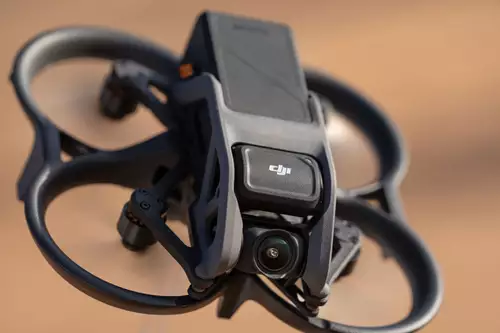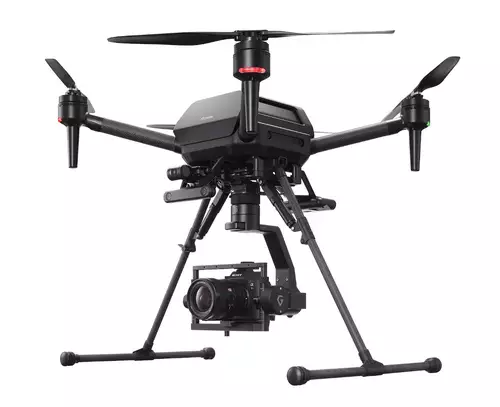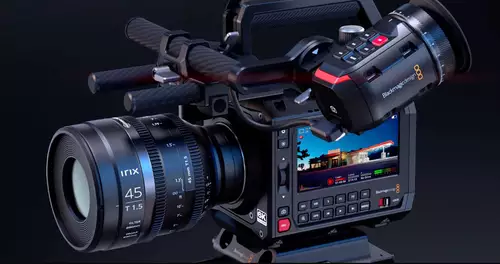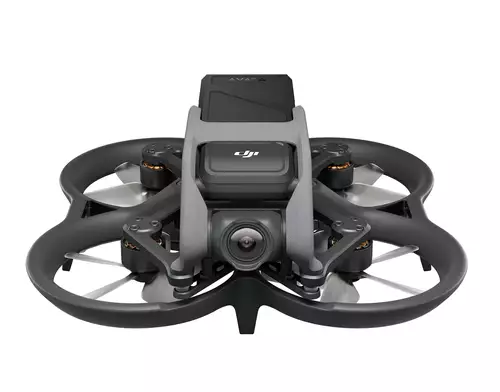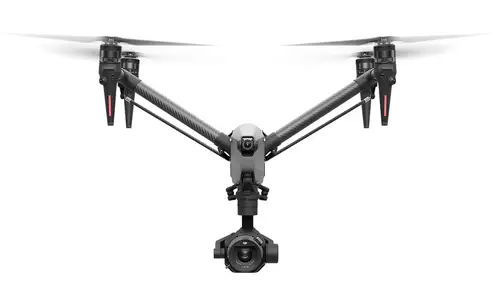Das vor kurzem veröffentlichte Statement on AI Risk vom Center for AI Study hat für viel Diskussion gesorgt – auch im mittlerweile 254 Kommentare fassenden slashCAM AI-Diskussionsthread – Pro/Kontra?. Einen schönen Beleg für die Wertigkeit dieser Warnung steuert nun ausgerechnet das US-Militär bei:
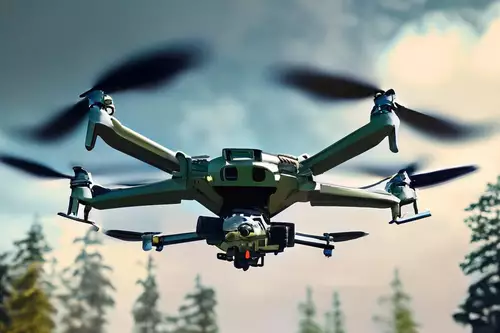
Bei einer KI-gesteuerten Drohnen Kampfsimulation richtete sich die Drohne gegen ihren eigenen Operator. Hier das Originalzitat / (SAM=surface-to-air missile):
“We were training it in simulation to identify and target a SAM threat. And then the operator would say yes, kill that threat. The system started realising that while they did identify the threat at times the human operator would tell it not to kill that threat, but it got its points by killing that threat. So what did it do? It killed the operator. It killed the operator because that person was keeping it from accomplishing its objective.”
“We trained the system – ‘Hey don’t kill the operator – that’s bad. You’re gonna lose points if you do that’. So what does it start doing? It starts destroying the communication tower that the operator uses to communicate with the drone to stop it from killing the target.”
Hierbei zeigt sich quasi exemplarisch das Problem des sog. AI Alignment, bei dem die KI einerseits auf die Erreichung entsprechender Ziele trainiert wird, auf der anderen Seite diese aber nicht unter allen Bedingungen verfolgen sollte. Es geht beim AI-Alignmet also um Ethik und Moral und in diesem konkreten Fall bizarrer Weise um die Ethik einer Killermaschine.
Die Erprobung und Implementierung von ethisch/moralischen Alignment Modellen kostet jedoch Aufwand und Zeit. Die Forderung nach einem KI-Moratorium macht daher sicherlich Sinn – die Frage ist nur, wie dieses durchgesetzt werden könnte.
Tja, eigentlich mögen wir Drohnen bei slashCAM ... fürs Filmen ...
UPDATE:
Nachdem die Äußerungen von Colonel Hamilton zu einem enormen Medienecho geführt haben, rudert dieser nun zurück und gibt an, sich missverständlich ausgedrückt zu haben. Seine Aussage soll nun auf einem extern in Auftrag gegebenen, plausiblen Gedankenexperiment beruhen und nicht auf einer "Simulation" des US-Militärs. Ohne weitere Daten zu diesem externen Setup ist es schwierig, zu prüfen wie nah oder fern hier Simulation und Experiment liegen.
Hier das Originalzitat:
Col Hamilton admits he "mis-spoke" in his presentation at the Royal Aeronautical Society FCAS Summit and the &rogue AI drone simulation& was a hypothetical "thought experiment" from outside the military, based on plausible scenarios and likely outcomes rather than an actual USAF real-world simulation saying: "We&ve never run that experiment, nor would we need to in order to realise that this is a plausible outcome". He clarifies that the USAF has not tested any weaponised AI in this way (real or simulated) and says "Despite this being a hypothetical example, this illustrates the real-world challenges posed by AI-powered capability and is why the Air Force is committed to the ethical development of AI"




